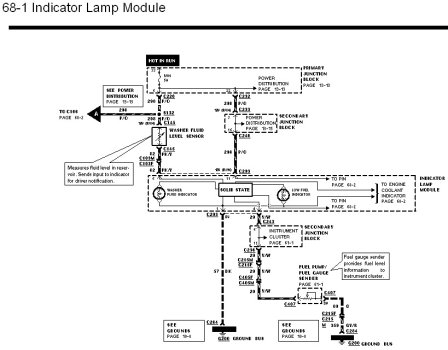Foghorn
Newbie
Hey everyone my 1996 Thunderbird fuel gauge is always stuck at full. I unplugged the fuel pump and It still stayed at full. Does this mean that the problem is for sure from the gauge?
The bird's mileage indicator also stopped working at 225k miles.
Should I replace the instrument cluster to solve the problem? It's been fun guessing how many miles till empty but I think Im done with that.
Thanks, everyone!
The bird's mileage indicator also stopped working at 225k miles.
Should I replace the instrument cluster to solve the problem? It's been fun guessing how many miles till empty but I think Im done with that.
Thanks, everyone!


